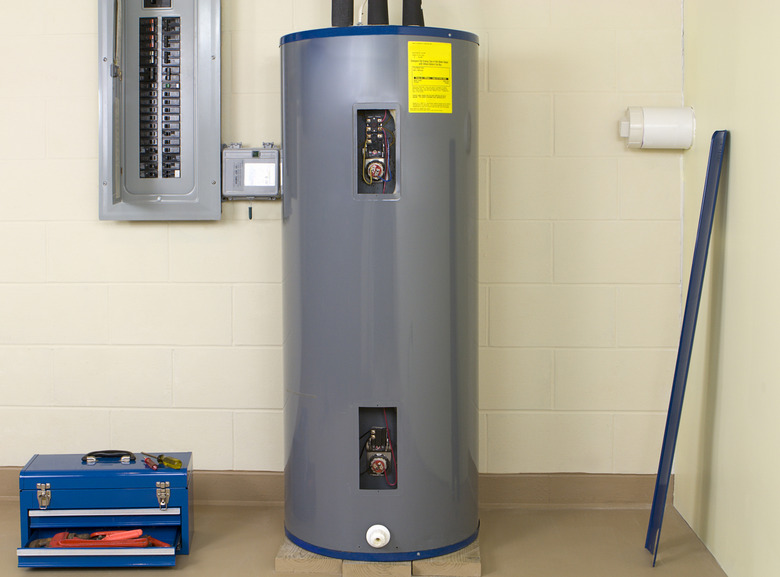How To Troubleshoot And Drain A Richmond Water Heater
Richmond water heaters are manufactured by Rheem and provide hot water with confidence. Much like the Rheem water heater, Richmond is very consumer-friendly. Draining or troubleshooting the water heater is pretty straightforward. If you find yourself naked and cold at the start of a shower, relax and check a few things, but you might want to get dressed first.
Troubleshooting a Richmond Water Heater
Richmond makes a variety of water heaters. These can vary from electric to gas to hybrid and even on-demand water heaters. Troubleshooting any of these will require the manual for your specific water heater. However, there are a few checks that apply to multiple models and water heater types:
- Check to make sure that the water is on and that it flows. Check to make sure that there is no hot water in other parts of the home as well. This can help you determine whether the water heater is the actual problem or if just one specific faucet is a problem.
- Check all power and gas supplies, as applicable. Some on-demand water heaters plug into a dedicated outlet. Check to make sure it is plugged in and the GFCI is not tripped.
- There may be some kind of switch that isolates the power. Always check the circuit breaker. Turn the breaker off and then on again just to make sure it was not tripped.
- Check for any error codes. Some newer models are even Wi-Fi compatible. This is also a means of assuring that there is power to the water heater. Some water heaters have a display and give an error code. Look in the manual for your specific water heater for these error codes if applicable. This information may also be helpful to a plumber or technician if you end up needing one.
- Read or obtain the manual for your specific model and check any other recommendations that are suggested for your specific water heater. These can also be helpful to a technician.
Draining a Richmond Water Heater
Everything requires some maintenance. Just as your car requires periodic maintenance, so does your water heater. Draining or flushing a water heater is a form of maintenance. It's not always something you want to do on your day off, but it still needs to be done.
Be sure to follow the manufacturer's instructions for flushing your water heater model. For standard tank-style (gas or electric) heaters, the procedure is likely to follow these basic steps:
- Turn off the gas valve (for gas heaters) or the circuit breaker (for electric heaters), and let the water in the heater cool completely. This can take up to 24 hours.
- Close the valve on the cold-water pipe feeding the water heater.
- Connect a garden hose to the drain valve near the bottom of the heater tank. Run the other end of the hose to a suitable drainage point.
- Turn on a hot-water faucet tap (such as a bathroom sink faucet) to allow air into the hot-water piping and prevent suction that hinders drainage.
- Open the drain valve on the tank all the way and let the tank drain completely.
- Flush the tank by opening the cold-water valve for a few minutes, letting the water drain out of the tank through the hose; then close the cold-water valve.
- Close the drain valve on the tank and disconnect the garden hose.
- Open the cold-water valve and let the tank refill completely.
- Turn on the gas and light the pilot (as applicable) or turn on the circuit breaker. Let the heater heat the water until it is hot enough for normal use.
Richmond Water Heater Warranty
Richmond water heaters have a warranty that is specific to your water heater. The warranty varies based on the model. Some models, like the Marathon, have lifetime warranties, while others have a 6- or even a 12-year warranty. All warranties are for the original homeowner and are not transferable.
The Rheem website has a tool for checking and verifying your warranty to see if it has been registered by the homeowner or installer. Locate your Richmond water heater serial number, which will typically start with an A, Q, M, W, and/or G. Be careful to note the difference between Q, 0, and O. This can make a difference when registering as well as verifying.
